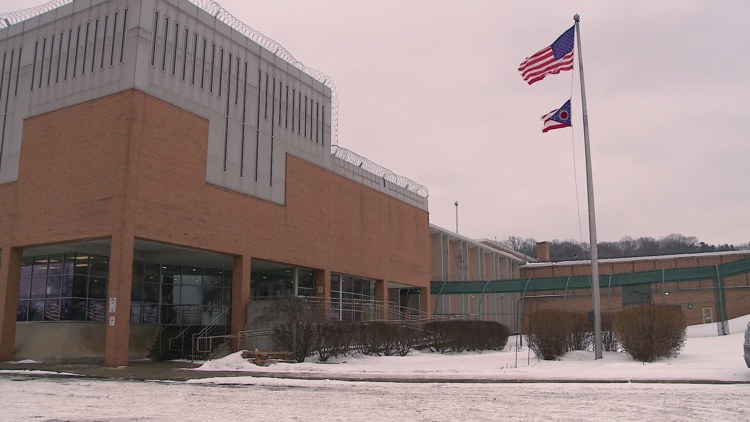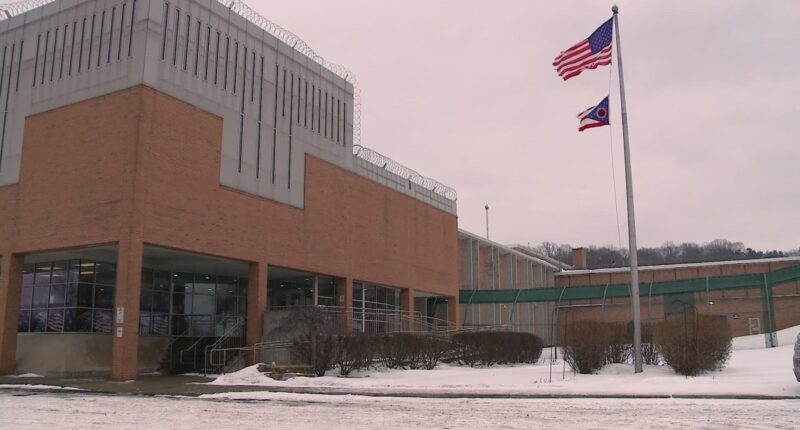
Part One of our series ‘Juvenile Crime Crisis’ uncovers the increasing trend of violent crime, a decrease in detention, and a disagreement among experts regarding a viable solution.
Reports of shootings, police pursuits, and armed robberies indicate a rising tide of crime in Cleveland, Northeast Ohio, and nationwide, predominantly perpetrated by minors under 18 years old.
While the issue is not confined to a particular region, it has become a contentious topic in Cuyahoga County recently, with various agencies publicly attributing blame to what they perceive as the primary issue.
A survivor’s story
Waverly Willis owns multiple barbershops in the Cleveland area; cutting hair is a childhood passion turned career. He recalls his youth vividly, describing it as happy, but imperfect.
“Kids do what they see,” Willis says, reflecting on his complicated childhood. “It was some drinking, it was some drugs, it was definitely domestic violence in my family. But to me, that was normal, because the kids down the street had it too.”
Willis also remembers when things started to turn in his life.
“I started to find trouble around 11, 12, 13 years old. I led a double life; my mom had no idea,” he admits. “She thought we was at football practice and we was out on the block selling drugs.”
He sees his story in many places today, as juvenile crime creates chaos for families.
“I wasn’t a bad kid,” he reasons. “I was just… I made dumb decisions because that’s what kids do.”
Disturbing data trends
3News Investigates went through 15 years of county crime numbers using the most recent data available. Aggravated murder charges for juveniles increased 354% from 2010-2022. Carrying a concealed weapon charges for juveniles more than tripled in the same span.
Children are committing more violent crimes with increasingly fatal outcomes, but how the system responds has become controversial: Law enforcement makes the arrest, the prosecutor’s office brings the case, and a judge decides where the offender goes next.
And justice isn’t one size fits all.
“It really is a complex system that requires complex solutions,” admitted Bridget Gibbons, who works as a deputy court administrator at the Cuyahoga County Juvenile Court. Regarding how young offenders are sentenced and potentially given prison time, she explained, “(It’s) based on the level of offense, the severity of offense, the child’s history of offending. We can make mistakes when we put low risk youth in with high-risk kids. That will result in more recidivism and less community safety.”
3News Investigates reviewed data that appears to show the system’s hesitance to lock up young criminals: Admissions at youth services detention centers are down 65% over 14 years.
Department Director Amy Ast says there’s a reason why low and moderate-risk juvenile cases undergo rehabilitation at home, not behind bars.
“Their connection to family, resources, connection to mentors and churches — all of that matters in terms of outcomes,” Ast pointed out, explaining that positive community role models tend to be most effective.
Police see repeat problems
Releasing juveniles for in-home programs doesn’t always sit well with every agency and office in the justice process. The Cleveland Division of Police declined our interview request for this story, but has voiced frustration in the past:
“You know, the police is arresting them. You know, what do we do now? What else can we do to provide the resources that these juveniles need?” questioned Sergeant Freddie Diaz in November 2024. “Whether it’s counseling, whether it’s stiffer consequences, whether it’s, you know, more punishment.”
Gibbons pushes back on the idea that the court system is putting the community in danger by releasing anyone who doesn’t fit the “high-risk” label.
“They come out worse,” Gibbons stated plainly, citing research. “That’s why we reserve secure detention for only those that need to be detained because they’re jeopardizing community safety.”
What happens next?
Back in his barbershop, Willis reflects on his past life. Today, he regularly visits juvenile detention centers to provide haircuts and advice. He’s seen firsthand what happens inside.
“It breaks you down mentally, emotionally,” he claimed. “You feel abandoned.”
When it comes to juvenile justice, what can’t be debated is how neighborhoods suffer when teenagers cause trouble across their communities.
In Part Two of our “Juvenile Crime Crisis” series, 3News will look into the program that helps pay for the juvenile justice system, why it’s controversial, and how supporters defend the reasoning behind which youth offenders get locked up.
















